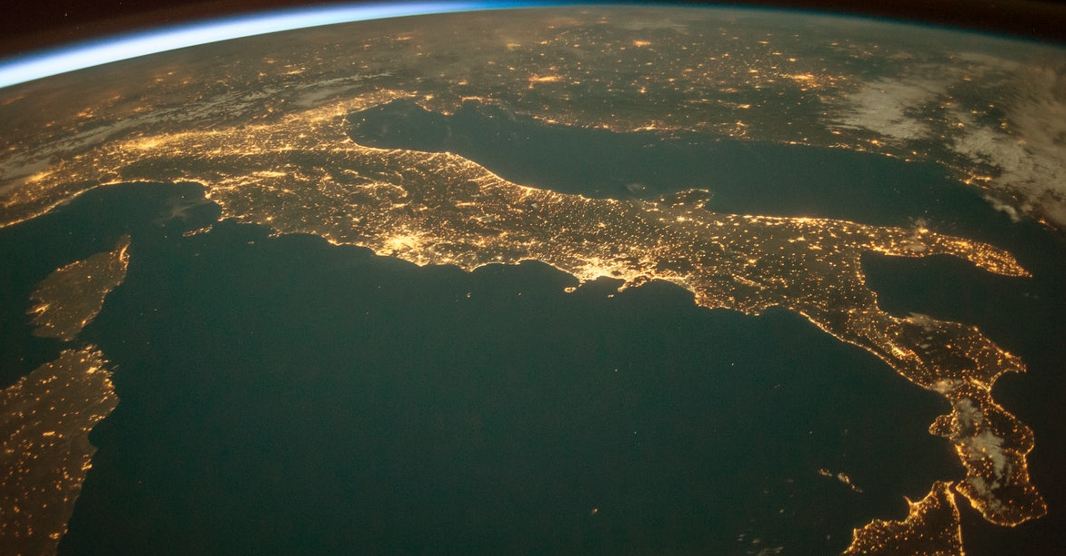Types, Size & Resolution of SmallSat Imagers for Real-Time Earth Monitoring
It’s been 50 years since satellites have been sent into orbit, and SmallSat imagers have played a crucial part in moving space exploration forward. They help the renaissance of the space culture to emerge. Today, SmallSats are regularly launched into orbit, and not only the frequency at which they are launching impresses. Space technology is a lot about innovating the possibilities of SmallSat imagers. But let’s see what is SmallSat imager and how it works.
How to Use Smallsat Imager?
Before understanding more about what a SmallSat imager is, you need to first get a grasp of the types of SmallSat imagers and understand why these systems are efficient at keeping track of the information brought by satellites. SmallSats are very small types of satellites, with a CubeSat being one of the most spread types among them. They are built-in scalable units, measuring from 1U to 12U. CubeSats are indeed remarkable when it comes to deploying an affordable satellite. Most CubeSats also carry SmallSat imagers taking pictures of our planet.
However, SmallSats are versatile, affordable, and can carry all sorts of different technologies into space — not just imagers but also sensors and other equipment. As of today, both low power and low gain SmallSat systems have been used together. NASA has made the announcement that it’s currently working to provide low-energy propulsion systems for CubeSats and SmallSats, as this would open new space exploration paths not only for large space businesses but also for new players.
SmallSat imagers take high-resolution pictures in sections and reassemble them just to broadcast them to stations using radio waves. One of the most specialized SmallSat imagers that are put into orbit around the planet is CuPID. With media and communications, these SmallSat imagers form the network of satellites that is up in the sky. Because SmallSats are now affordable, people can use their cameras to do a particular job.
Straightforward images from Google Earth could be used, but SmallSat imagers can change life down here on Earth in many different ways. For example, farmers could use these systems to make the Earth greener and forecast yield. Even disaster responders have been taught to get immediate overviews of damaged areas with the help of SmallSat imagers. They are also useful for environmental monitoring because they let us track how the climate changes.
What Can SmallSat Imagers Do?
SmallSat imagers can produce spatial pictures in 2D, to expose them at many wavelengths in a single exposure by using only one camera. SmallSat imagers’ push broom is operated in a different way compared to whiskbroom imagers. There are multi-angular payloads that can be chosen for the multi-spectral missions of imaging. SmallSat imagers need to be controlled in their formation to offer scientific measurements of Earth, depending on where the target’s bidirectional distribution reflectance function operates.
View narrow fields are required to capture images at a SmallSat imagers resolution that’s moderate. SmallSat imager optical system and its spectral elements, as well as the camera that performs the formation mission’s requirements, impact the metrics on performance. These metrics are spectral range, signal-to-noise ratio (SNR), and swath. All metrics and variables are generated from a payload, comprehensive design tool.
The baseline optical parameters that are selected are 7 cm in diameter, whereas their focal length is 10.5 cm. Most SmallSat imagers have a pixel size of 20 µm, whereas their view field is 1.15° when snapshot technologies become available. There are spectral components shortlisted for waveguide spectrometers, as well as acousto-optic tunable filters (AOTF) that happen to be electronically actuated by the Fabry-Perotinterferometers, as well as field spectrographs.
At quality evaluations, AOTFs have always been favored because they are small and low in weight, not to mention that they also have great flight heritage. Quantitative analyses show that waveguide spectrometers can perform much better when it comes to achieving the swath of 10 to 90 km and an SNR over 20 at 86 wavebands. However, the data volume that’s generated will have to have a higher communication bandwidth for the downlink. The AOTFs are meeting the external caps with data volume when the wavebands and the SNR requirements are feasible, and the design gets to change into the suggested swath.
SmallSat imagers’ size can vary to fit all sorts of tasks, for example, for CuPID. This is a project undertaken with the help of the US Geological Survey and NASA. This project aims at putting SmallSat imagers into orbit to monitor the magnetosphere. The magnetosphere bounds on the Earth’s atmosphere’s outer edge, marking the point of collision between the Sun’s magnetic field and the Earth’s magnetic field. Studies on the magnetosphere still need to be conducted, and more will be known for the duration of the project.
Besides taking pictures of deep space, SmallSat imagers also keep watch of our planet. They send notifications of natural disasters and help us analyze the effect of industrial activity and climate change on our home planet.


